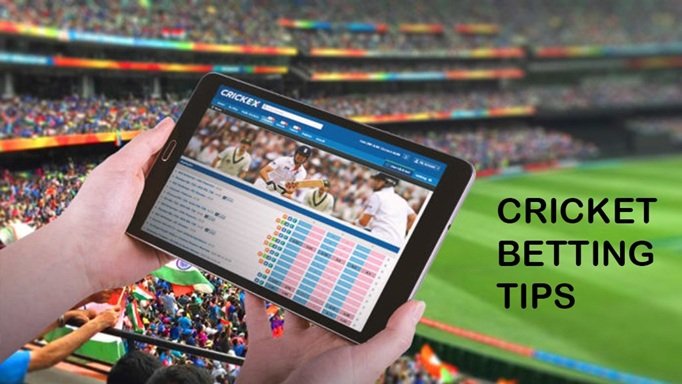Betting on cricket games goes beyond gut feelings. Analyzing the numbers and understanding key metrics contributes to a higher betting success rate. These statistical metrics take practice to learn and can be analyzed when betting on ODI, T20, or other cricket events.
You can try cricket betting online for ease and convenience while spectating a match. Constantly analyzing these metrics before finalizing a bet ensures the most informed decision for a higher chance of success.
Batting Average
Evaluating cricket betting odds involves understanding batting average and other metrics. The total runs scored divided by the number of times outs happened during the game determines a cricketer’s batting average.
Higher batting averages showcase good performance consistency. This can open the door for strong match-based player prop bets for Players To Score 50+, Total Runs, and Top Batter. Comparing home and away averages gives you a clearer picture of a cricketer’s true performance metrics.
Players may excel in one cricket event versus another. For example, they may perform better in Tests, but they have weaknesses while participating in T20s.
Batting Strike Rate
How quickly a batter scores runs shows their effectiveness in points scoring. The runs divided by the balls faced are figured out and then multiplied by 100. This rate helps with betting in ODI and T20 formats where speed and consistency are needed.
This stat is essential to properly administer bets on Most Sixes, Powerplay Total Runs, and Fastest 50/100. Bettors can wager on the Highest Strike Rate for T20 events. Flat pitches with high strike rates unveil more favorable batter props. Strike rate is also an important metric for betting in IPL, BBL, and CCL franchise leagues.
Team Run Rate
Run rate shows how quickly a cricket team scores. Runs scored divided by overs faced give you a team run rate. Bettors calculating a team run rate can predict match totals and how well teams chase targets.
Powerplay, middle, and death overs reveal the strengths and weaknesses within a team’s run rate. Teams with the strongest run rates within the last 5 overs can be great over bet opportunities for team totals.
Bowling Average
The number of runs a bowler collects for each wicket decides their bowling average. A low bowling average shows a bowler’s effectiveness in handling wickets. The best bets for a good bowling average include Top Bowler and Over/Under Wickets. First wicket markets and bets on bowlers taking 2 or more wickets are also great wagers for this metric.
Evaluating bowling average helps bettors understand bowler consistency across cricket gaming formats. They can also evaluate a bowler’s ability to break partnerships and overall efficiency in different matchups.
Partnership Averages
Bettors compare two batting averages of batters who work well together to determine a partnership average. Strong partnerships in cricket determine the results of first wicket runs and the total team score. Great partnerships guide a positive team tempo and determine the results of the highest opening partnership bets.
Average partnership rates among specific cricket teams should be evaluated to discover value bets in a matchup. Bettors should evaluate performance on different pitch types to see how they correlate to partnership averages.
Economy Rate
Economy rate displays how many runs a bowler gives up for each over. It’s calculated by doing runs conceded divided by overs bowled throughout the game. A bowler’s economy rate in limited-overs cricket influences powerplay totals, team run rate markets, and total match runs. This stat can also change live betting momentum predictions.
Bowlers with a high economy rate take fewer wickets because of efficiency and expedited scoring. They maintain smooth gameplay because of their cricketing skills.



